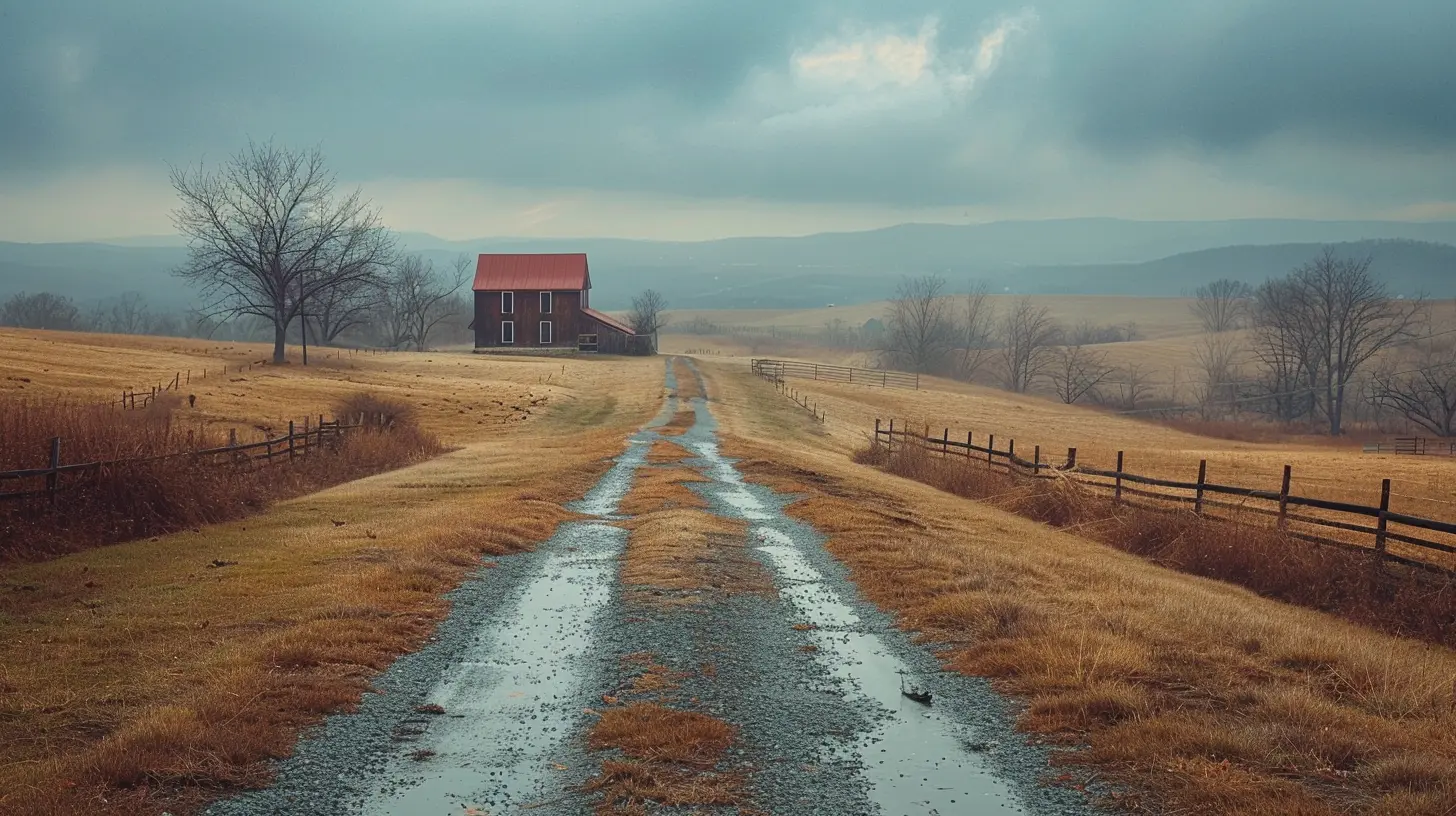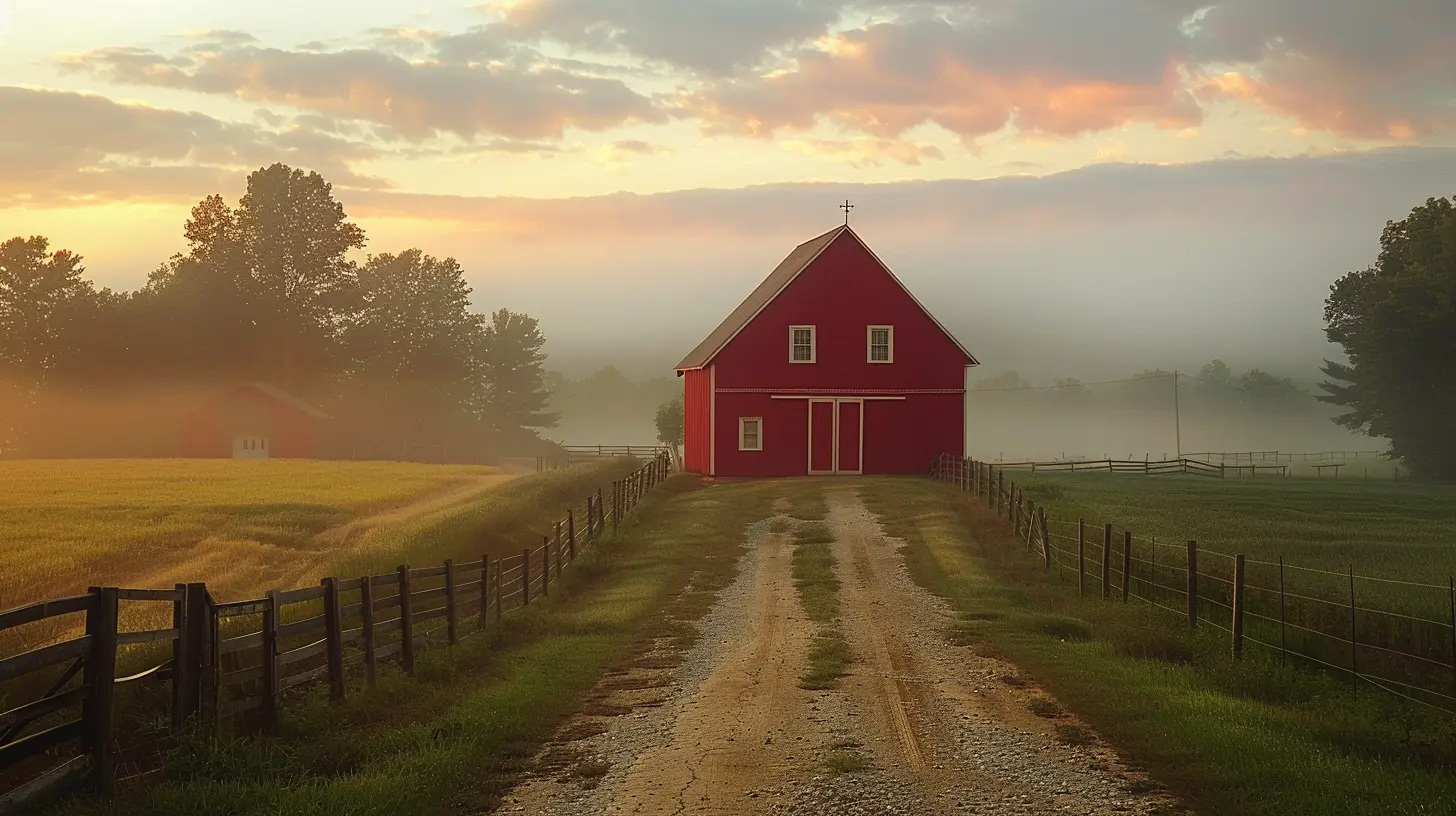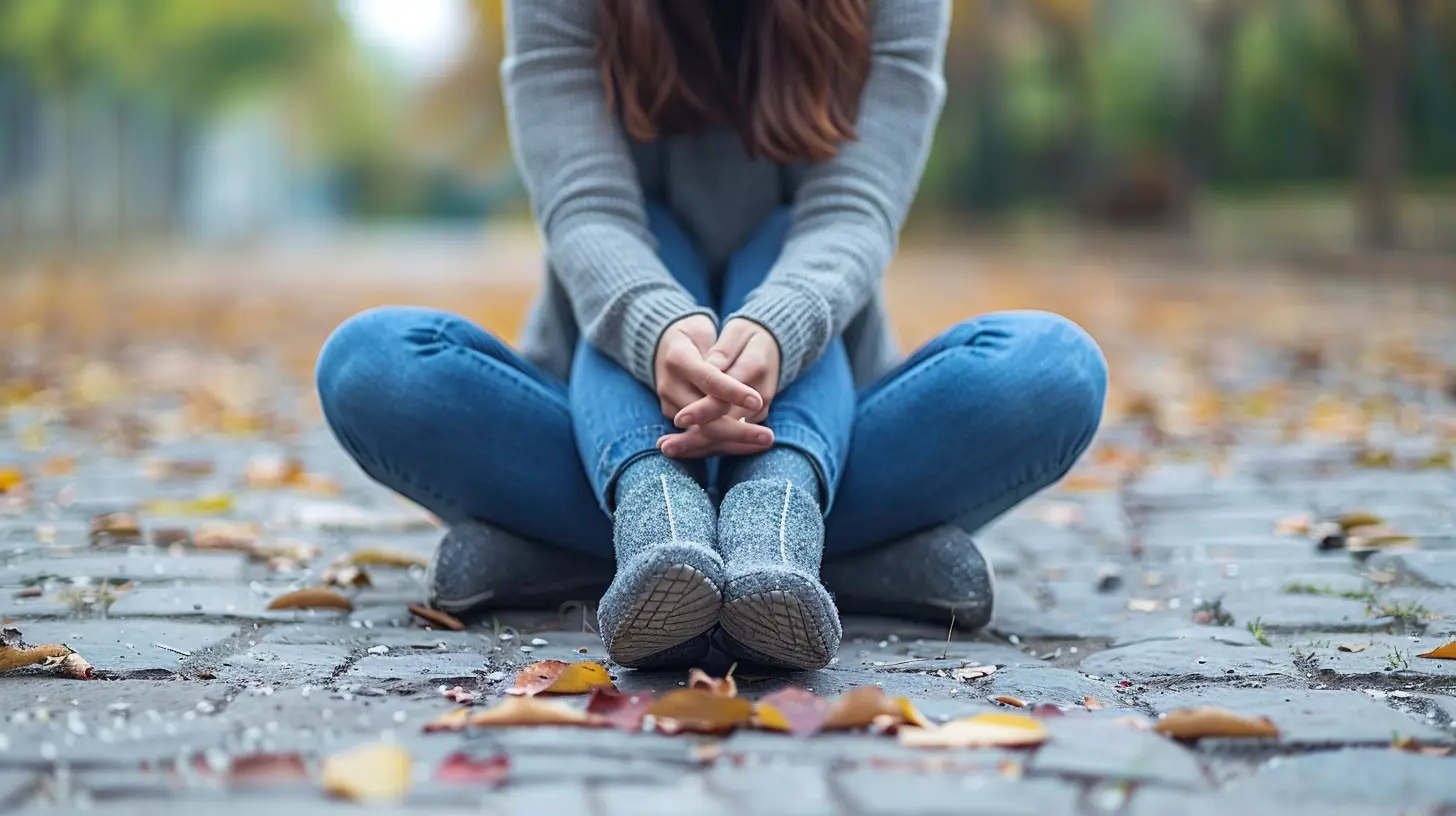Addressing Mental Health Stigma in Rural Communities
14 July 2025
Mental health is a hot topic these days, and rightfully so. We're finally starting to have open, honest conversations about depression, anxiety, trauma, and other mental health conditions. But while cities and urban settings are making headway in breaking down the stigma, rural communities are still grappling with silence, shame, and a serious lack of resources.
Why is that?
Well, that’s exactly what we're going to dig into. We'll unpack why mental health stigma is so deeply rooted in rural areas, how it's affecting lives, and—more importantly—what we can do about it. Sound good? Let’s dive in.
What Mental Health Stigma Looks Like in Rural Areas
Imagine living in a small town where everyone knows your name, your job, and probably your grandma’s meatloaf recipe. That close-knit, tight-community vibe can be comforting—but it can also be a double-edged sword when it comes to personal matters like mental health.In these communities, stigma often shows up in a few key ways:
- Judgment and Gossip: People are afraid to seek help because they're worried the whole town will find out.
- Strength Culture: There’s this old-school idea that “real” men and women just tough it out.
- Lack of Education: Myths still fly around—like thinking depression is just “sadness” or that therapy is only for “crazy people.”
Spoiler alert: none of that is true. And those misunderstandings are doing real harm.
Why Stigma Sticks Around in the Countryside
So what's fueling this stigma? It’s not just ignorance or old-fashioned thinking. It’s a perfect storm made up of:1. Limited Access to Care
Let’s be honest—if there's one therapist for every 10,000 residents (and they're 45 miles away), most people just won’t go. The logistical barriers are real. And it’s not like you can just hop on a subway and be at your appointment in 10 minutes.2. Lack of Anonymity
Imagine parking in front of a counseling center and immediately wondering who’s watching. That’s the reality for many in rural areas where privacy is basically non-existent.3. Cultural and Generational Beliefs
The older generations often pass down certain values—like the belief that showing emotion is weak or that mental health issues are family secrets. That mindset takes generations to change.
How Stigma Impacts Mental Health Outcomes
Mental health stigma isn’t just annoying—it’s dangerous. It can cause:- Delayed Diagnosis: People suffer in silence for years without knowing what’s wrong.
- Worsening Symptoms: Untreated anxiety or depression can spiral out of control.
- Higher Suicide Rates: Tragically, rural areas often have higher suicide rates compared to urban ones.
- Substance Abuse: Some turn to alcohol or drugs to self-medicate.
And here’s the kicker: it’s all preventable with the right support and open conversation.
The Role of Community: Breaking the Cycle Together
Alright, enough of the doom and gloom. Let’s talk solutions. The magic ingredient here? Community. Yep, you heard me right. That same tight-knit vibe that fuels stigma can also be the vehicle to shatter it.1. Normalize the Conversation
Start small. Talk to your friends, your family, your coworkers. Mention that you’re feeling anxious or tired, not just physically but mentally. When we normalize everyday mental struggles, we create safe spaces for others to speak up too.2. Leverage Local Leaders
In small communities, people often look up to certain individuals—pastors, teachers, coaches, business owners. If these leaders speak openly about mental health, their influence can move mountains. They can help shift the collective mindset, one conversation at a time.3. Use Trusted Platforms
Rural communities might not have a mental health awareness billboard on every corner, but they do have church bulletin boards, local newspapers, and town hall meetings. Why not use those platforms to spread awareness and resources?Bringing Treatment Home: Improving Access in Rural Areas
Okay, so talking about the problem matters—but getting help is the end goal, right? Luckily, solutions are popping up, slowly but surely.1. Telehealth is a Game-Changer
You don’t need to drive 60 miles anymore. With teletherapy, all you need is a phone or laptop and a decent Wi-Fi connection. Suddenly, those barriers melt away.And during the COVID-19 pandemic, telehealth boomed—so now, insurance covers it more often, and there are more providers offering online services.
2. Mobile Clinics and Community Outreach
Some rural towns are starting to see mobile mental health vans pop up, kind of like food trucks—except they serve empathy and support instead of tacos. (But hey, maybe we need both.)These kinds of services bring therapy to the people, instead of the other way around.
3. Training Local Providers
Another long-term fix? Train primary care doctors in basic mental health support. Since people are more likely to see their local GP, it makes sense to have those providers equipped to identify, diagnose, and treat common disorders—or at least refer patients appropriately.Schools and Youth Programs: Start 'Em Young
If we really want to chip away at this stigma, we’ve got to start with the next generation. Schools in rural communities can be powerful hubs for mental health education.Mental Health Curriculum
Incorporating mental wellness in health classes is a total no-brainer. Kids should be learning coping skills and how to talk about their feelings—just like they learn multiplication tables.Peer Support Groups
When students feel supported by others their age, they’re more likely to open up. Peer mentoring, support groups, and student-led wellness clubs can make a world of difference.Faith & Mental Health: Getting the Church Involved
In many rural towns, the church isn’t just a place of worship—it’s the social center of the universe. So, faith leaders can either perpetuate stigma or be pivotal in breaking it down.Imagine a Sunday sermon talking about the importance of mental health. That alone could spark dozens of meaningful conversations in the community.
Pastors and church staff can also partner with therapists to provide workshops, safe spaces, or even informal counseling.
Real Stories Matter: The Power of Personal Testimony
People relate to people. That’s it. Statistics and warning signs are important, but stories? Stories stick.By sharing real testimonies from folks who’ve battled mental health issues and come out stronger, you’re putting a human face on a quiet struggle. Whether it’s through social media, local magazines, or town hall meetings—these narratives can break hearts and open minds (in the best way).
How You Can Help, No Matter Where You Are
You don’t have to be a doctor, therapist, or nonprofit leader to make a difference. Here are some super practical ways you can help address mental health stigma in rural areas:- Speak openly about your own mental health journey.
- Listen without judgment when others confide in you.
- Volunteer with local mental health groups or initiatives.
- Educate yourself and share what you learn.
- Support policies that increase funding for rural mental health services.
Even small ripples can lead to big waves.
Final Thoughts
Let’s be real—addressing mental health stigma in rural communities won’t happen overnight. But it’s not impossible either. By starting conversations, spreading awareness, sharing stories, and improving access to care, we can build a culture that treats mental health just like physical health—with compassion, understanding, and no ounce of shame.So, next time someone says they're struggling, don’t look away or change the topic. Lean in. Listen. And remind them (and yourself) that it’s okay not to be okay.
all images in this post were generated using AI tools
Category:
Mental Health StigmaAuthor:

Ember Forbes
Discussion
rate this article
1 comments
Karina Love
This article shines a light on an important topic! Together, we can break down barriers and foster understanding, creating a brighter future for mental health in rural areas! 🌟
July 31, 2025 at 3:10 AM

Ember Forbes
Thank you for your thoughtful comment! Together, we can indeed make a difference in mental health awareness and support in rural communities. 🌟


